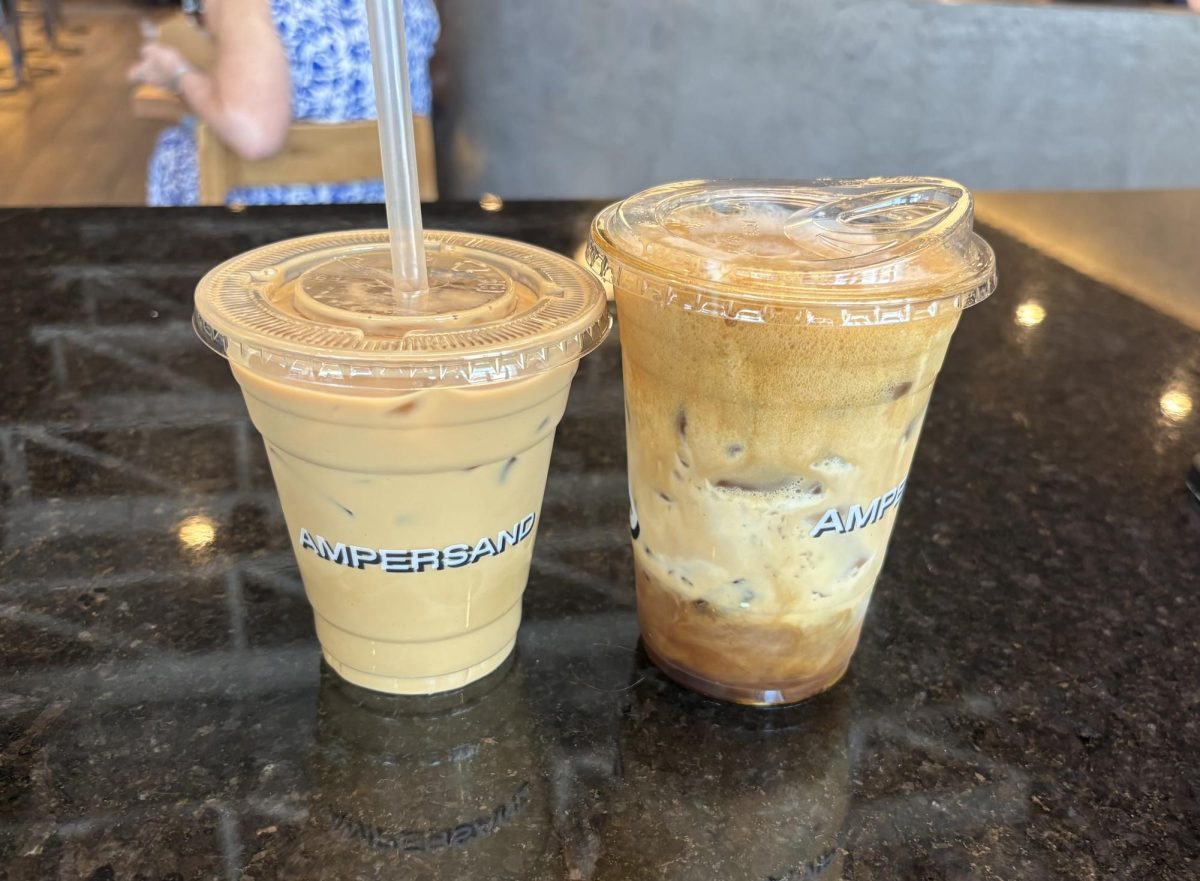Handkerchiefs, bandanas and baggy jeans are no longer the unofficial uniform for gang-bangers. Gangs no longer lay claim to a particular side of town. Gang violence in Fort Worth was at its peak from the 1980s until the early 2000s. Over time, the violence has decreased and the traditional gang-banger lifestyle no longer exists. NARCOTIC SALES The public’s common understanding of gangs has become obsolete, according to Fort Worth police gang experts. The evolution of crime is seen in gangs’ almost exclusive moneymaking focus, said Steve Groppi, a Fort Worth police officer who has worked with the gang unit since 1992. Gangs are most actively involved in narcotic sales. The main drug in Fort Worth is methamphetamine, said Brian Hall, director of Comin’ Up, a gang-intervention program. The American dream, the goal of a comfortable lifestyle, appeals to gang members, former leader of the Fort Worth west side Crips Abdul Chappell said. “[Gangs are a way] to acquire the American dream. [It was] the way we saw people around us doing it,” Chappell said. That shortcut to making money is the driving factor in gang activity today, Jesus Alaniz Fort Worth Police Department sergeant and Gang Enforcement Team Two supervisor said. “It’s all about money and cars,” he said. “It’s living the fast life.” Gangs and narcotics are tied together, Chappell said. “Here is access to [making money] by selling dope, or being involved with this particular crew.” In the 1980s and 1990s, gangs resembled less of a hierarchy organization than today, Alaniz said. “It was a brotherhood,” Chappell said. Over time, the brotherhood structure has been replaced with a culture similar to organized crime, Groppi said. The culture is now heavily influenced by drug cartels, Hall said. The lifestyle typically migrates from California. “Everything starts there,” Alaniz said. But, despite the California influences, Fort Worth has its own persona and lifestyle, Hall said. “The traditional way is gone,” Hall said. “Gang lifestyle from before is kind of cliché to the younger generation. They don’t want to be that gangbanger that their dad was or their uncle was.” THE CLOTHES In the 1980s, gangs began to wear colors as a way of claiming their affiliation, said Chappell. When colors began to be used as identifiers, Hollywood also began to glamorize gang activity, Chappell’s journey into the gang lifestyle began when he stole his mother’s car and drove to California in hopes of meeting N.W.A. and Eazy-E so he could join Ruthless Records. N.W.A. was one of the figures in the sub-genre gangsta rap, which has become more popular over time. Now, artists like Go Yayo, are commonplace on YouTube and gang members are following those examples, Chappell said. “They actually believe that all that stuff is going on, like I believed Eazy-E and the N.W.A was really doing what they were [showing],” Chappell said. The mainstream acknowledgement and glamorization of gangs has coincided with the focus on making money. There has been a huge shift in the way gang members show their affiliation, Hall said. Colors aren’t worn anymore. The Crips and bloods are no longer wearing blue and red from head to toe, he said. During the height of gang violence, identifying gang members was easy because, for example, Crips would be wearing blue or Bloods would be wearing red, Alaniz said. Back in the day, if a Crip wore red he or she would be involved in a fight, but gang members no longer adopt that type of behavior, Hall said. “It’s not like it used to be anymore, where clothing was such a huge thing,” Groppi said. Now, it is not uncommon to see a gang member wearing skinny jeans, compared to the baggy and low-hanging pants gang members previously wore, Hall said. “Gang members have now, I would say, a more open mind as far as accepting different lifestyles and fashion subcultures,” Hall said. TERRITORY BORDERS ERASED Just as colors were affiliated with specific gangs, cities were split into territories that were associated with a specific gang. The territories caused common turf wars during the peak of gang violence in Fort Worth, Groppi said. “At one point the west side was into it with everyone,” Chappell said. The territory wars contributed to the common drive-by shootings in the 1980s and 1990s, Groppi said. But today’s money-centric gang lifestyle has displaced the territory system and battles. Territories and making money don’t mix, Alaniz said. “You’re not going to get a pension for being a gangster,” Chappell said. “You’re not going to get a Social Security check. You’re not getting no kick back. Nobody’s going to help you when you become disabled. These things we understood and we accepted.” Now, current gang members don’t accept the financial realities of the traditional gang lifestyle and have adapted, Alaniz said. Gangs are now transient, retired police officer Luther Perry said. “Territories are bad for business,” Alaniz said. Selling drugs isn’t the same as it used to be, Chappell said. “Everyone and their momma sells drugs now.” Making money means working in teams. “It’s common to see gang members from different gangs driving with each other, hanging out with each other and it seems like a lot of the rivalries have been put aside in furtherance of making money,” Alaniz said. Part of making money is blending in, Alaniz said. “They realize, ‘I could make money doing this, but I can’t bring attention to myself,’” Groppi said. The loss of the color and tradition makes gang membership less obvious to an untrained eye than it was 20 years ago, Alaniz said. Before, gangs’ graffiti tags and writings on walls were in plain sight. Graffiti was used as a way to tell what sort of gang activity was happening in the area, but that has also changed, Hall said. “It went from walls on the street to Facebook walls,” Hall said. The color of a handkerchief or bandana is no longer a clear indicator of what gang an individual is affiliated with. Las Vegas Trail no longer divides gang territories. As making money and drug sales have become the focus of Fort Worth gangs, Alaniz said, “They have adapted.”



